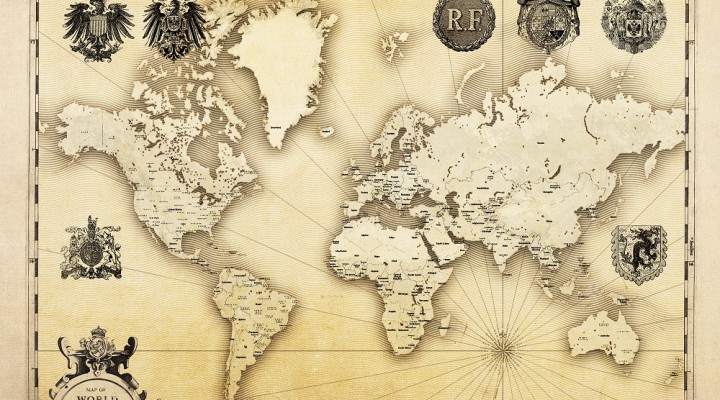Multipolarity and Multilateralism

There are several similar terms in Western political science which confuse the context for the emergence of a multipolar world order. In addition to multipolarity the words multipolarism and multilateralism are used. However, if we deconstruct them, it will be obvious that they have a different meaning. With multipolarity more or less everything is clear, although, again, in the West the polarity was initially understood as a geographical definition, and since there are only two poles on the Earth, North and South, it has certain connotations.
During the Cold War and bipolarity it even underscored a certain naturalness of two poles. However, if we take a different starting position, there could be many more poles. Starting from Martin Heidegger’s explanation in his “Parmenides” we come to the conclusion that there can be as many poles as there are nations, and here there is a certain connection to Alexander Dugin’s concept of Fourth Political Theory, where Dasein is proposed as the basis for the projection of goal setting in time and space, which unfolds in political processes.
When we turn to multipolarism, it is immediately apparent that we are talking about a kind of ideological construct. The ending -ism refers us to the most diverse theoretical and practical political models, from communism and Marxism to liberalism and fascism. Therefore, multipolarism appears as an umbrella concept, although there is no ideology of “multipolarism” or “multipolarism” as such. There are some disparate visions of the formation of a multipolar global political system. On the one hand, states are poles, on the other hand they can be alliances and alliances, and on the other hand they can be civilisations (sometimes coinciding with states, as in the case of Russia, India and China).
Nevertheless, the term multipolarism itself can serveصث as a kind of reference point, a beacon to stimulate further development of the practical aspects of multipolarity.
In the case of multilateralism, we are confronted with an entirely different approach to international affairs. It is a model that was proposed under Barack Obama’s administration by the US as a further boost to Washington’s hegemony. Only the US leadership in this format is not so obvious. It is something like the “nudge” method in social behaviorism that Cass Sunstein (who also worked in the White House administration under Obama) proposed. The title of one of his books, The Illusion of Choice, perfectly demonstrates the principle of multilateralism. Other countries have the illusion of diverse and varied connections, but all of them (in politics, economics, logistics, etc.) are woven into a global system controlled by one actor – the US.
In the UN, there is also often an emphasis on multilateralism and a number of specialised agencies operate along these lines. However, as in the case of Internet regulation, there are obvious attempts by one side to increase the number of voices at the expense of notional operating units, i.e. private companies, which are supposedly also entitled to participate in the development of new standards. In this way, the US is trying to use this tool to maintain its dominance.
However, even among supporters of multipolarity and critics of US hegemony, one sometimes hears this term used. And this creates confusion. That is why both an adequate revision and a carefully considered use of the terminology are needed. In developing a new approach for international relations (especially when it comes to a non-Western theory of international relations), the rudiments associated with parasitic globalism need to be chipped away.
Translation by Lorenzo Maria Pacini
https://www.geopolitika.ru/en/article/multipolarity-and-multilateralism-leonid-savin
 TheAltWorld
TheAltWorld 
0 thoughts on “Multipolarity and Multilateralism”